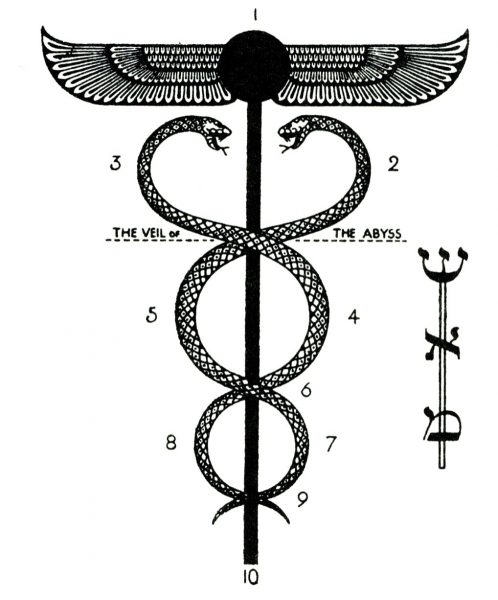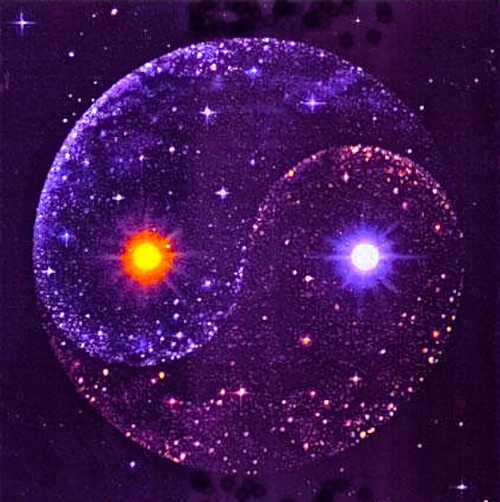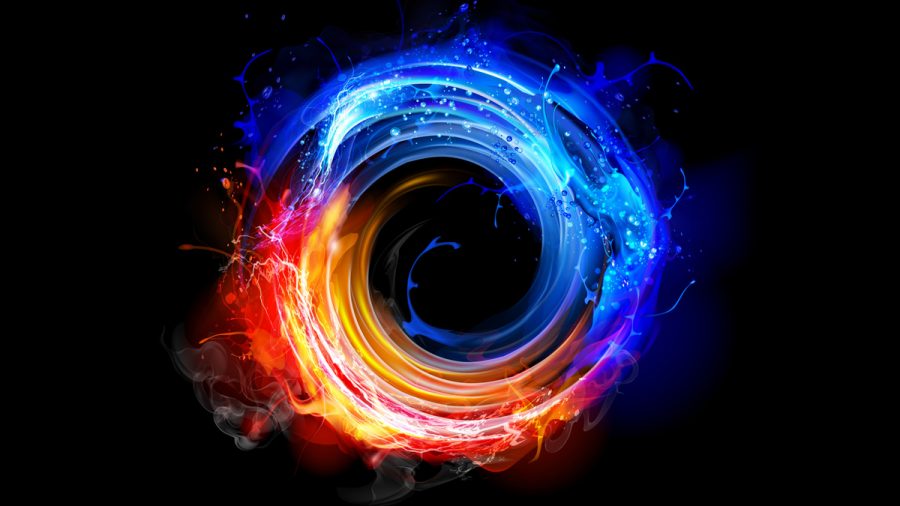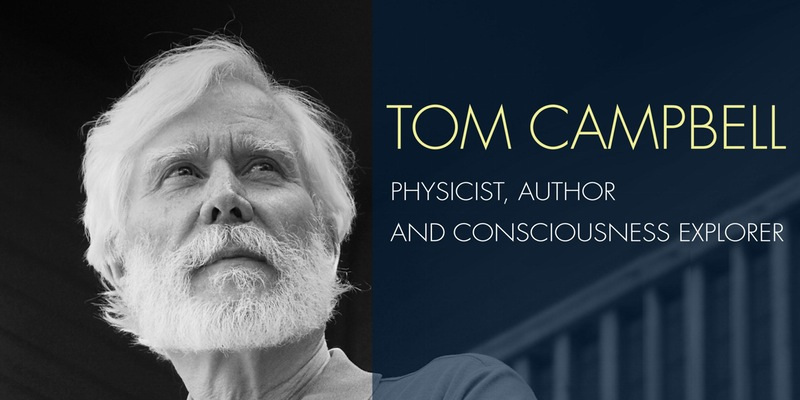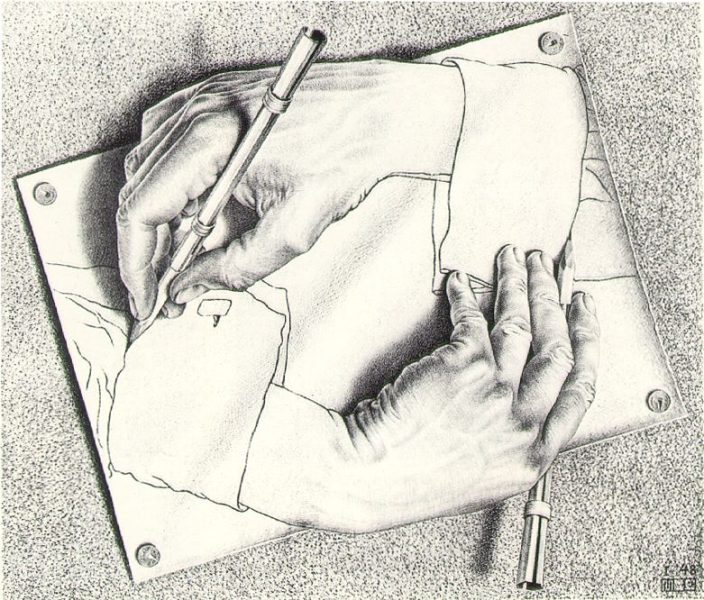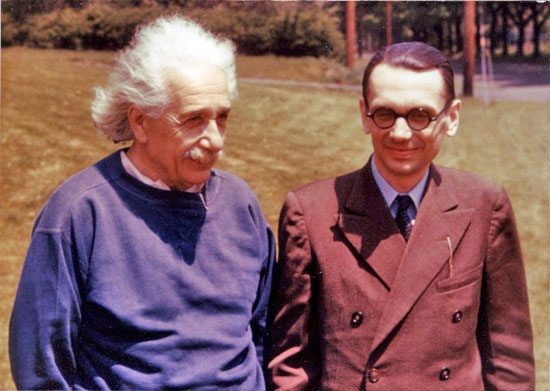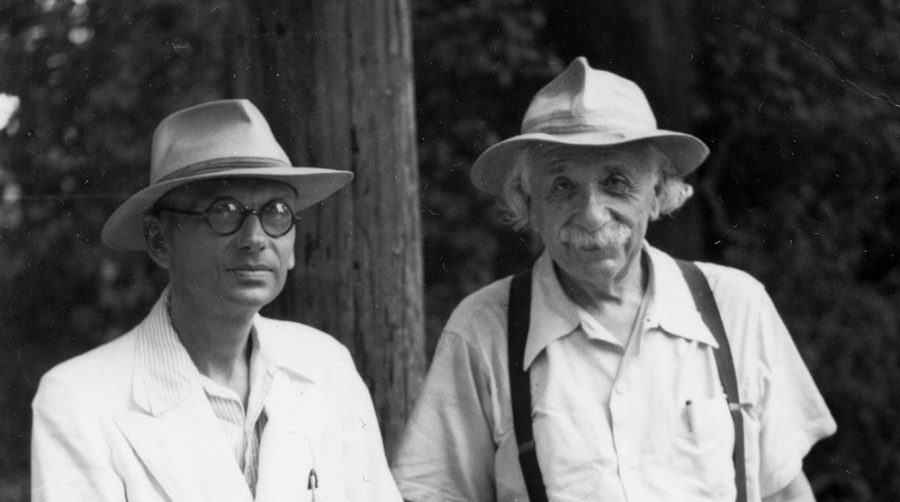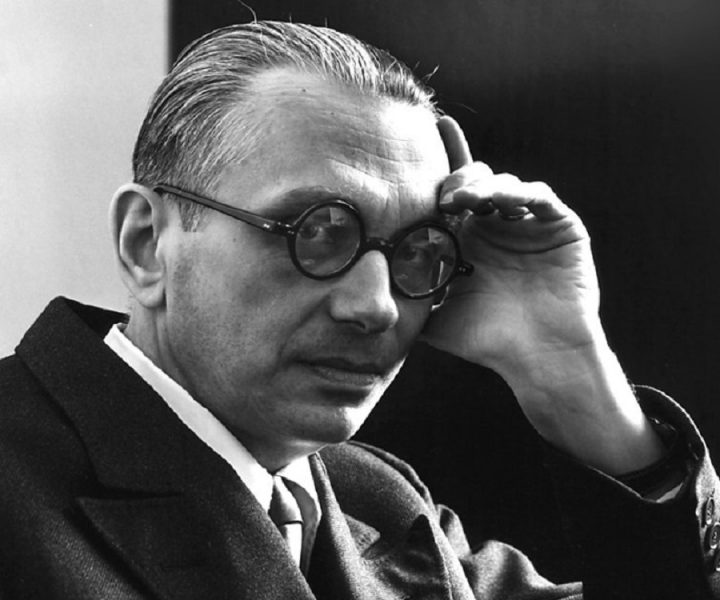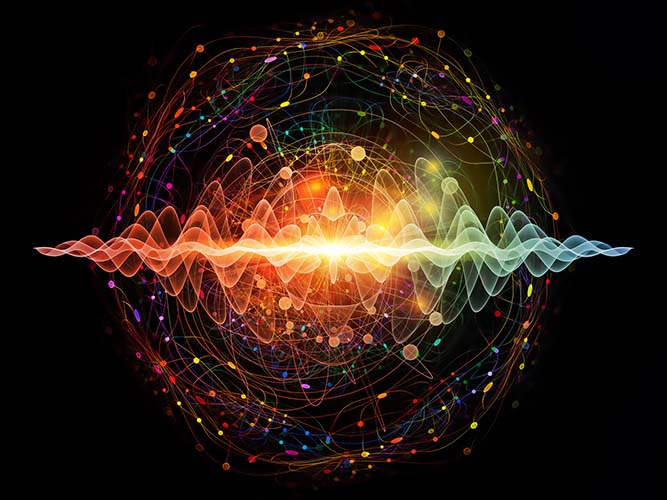One of Godel’s biographers, Dr. Wang, a rather conservative philosopher himself, concluded that the consequences of Godel’s Incompleteness Theorem for Mathematics included at least one of the following, if not all:
1. Mathematics is inexhaustible.
2. Any consistent formal theory of mathematics must contain undecidable propositions.
3. No theorem-proving computer (or program) can prove all and only the true propositions of mathematics.
4. No formal system of mathematics can be both consistent and complete.
5. Mathematics is mechanically (or algorithmically) inexhaustible (or incompletable)
Certainly if mathematics, as the foundation of science, is without limit, that at least suggests that other aspects of reality are also without limit, inexhaustible, and contain “undecidable propositions.” There is no reason that this limitlessness should be necessarily limited to mathematics. Godel actually believed that he had demonstrated the truth of Platonism, but neglected to publish that further proof. This proof certainly does imply that “truths” are discovered from a larger field of reality rather than merely created as an arbitrary convenience.
Godel certainly believed that although brain states might be mathematically determined as measured by such things as electo-encephalograms or brain imaging techniques, nevertheless, neither of those techniques nor any other mathematically based technique could [even in theory] predict or determine the richness of consciousness. He was certainly accurate regarding the limitations of the abilities of digital systems like computers to emulate consciousness, and was a consultant to the Artificial Intelligence community until his death.
Like this:
Like Loading...
